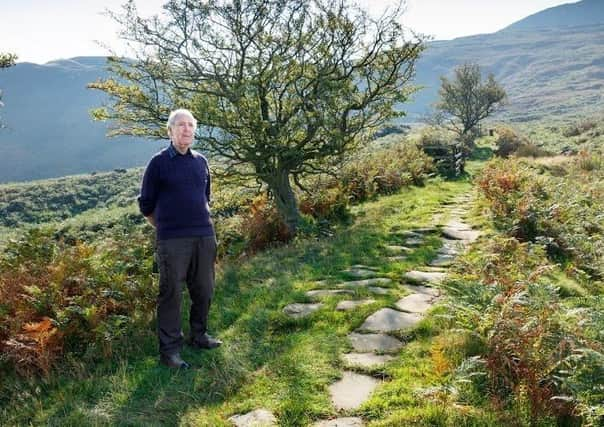Two Ryedale sites rescued and removed from ‘at risk’ register


Coulton Mill and Kirby Bank Trod are now classed as safe.
Kirby Bank Trod is a 400m section of 13th Century flag stone path and forms part of an ancient route used by the Cistercian monks at Rievaulx Abbey to move goods from their various land holdings.
Thanks to a grant from the Howardian Hills Area of Outstanding Natural Beauty and the owner’s own contribution at Coulton Mill, repairs were carried out to the wall and roof, enabling the site to be rescued from the register.
Advertisement
Hide AdAdvertisement
Hide AdOther sites removed from the list include: Three bowl barrows on Birdsall Wold; a bowl barrow 800m north west of Moor House Farm at Seamer; a round barrow 30m north east of Old Mill House at Stainton Dale, Hollins Mine and Bank Top iron calcining kilns (Rosedale West Side/Spaunton/Lastingham, Ryedale).
Sites added to the ‘At Risk’ register are: Three round barrows at Hawnby, Ryedale; two round barrows known as Row Howes, 680m south east of East Moor Farm at Wykeham; Roppa South Cross on Carr Cote Ridge near Helmsley; two round barrows known as Row Howes, 640m south east of East Moor Farm at Wykeham and a Medieval dyke known as War Dike at Stainton Dale.
Trevor Mitchell, regional director for Historic England in the North East and Yorkshire, said: “It is the varied tapestry of our historic places in Yorkshire that helps us define who we are. In testing times such as these, heritage can give us a sense of continuity and bring us comfort. We also know that investing in Yorkshire’s historic places can help boost our economic recovery. The 16 places in Yorkshire rescued from the register this year show us that good progress is being made.”